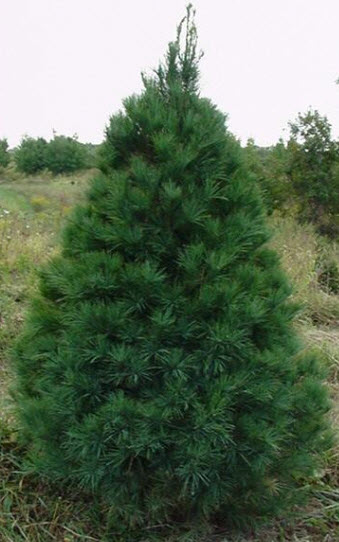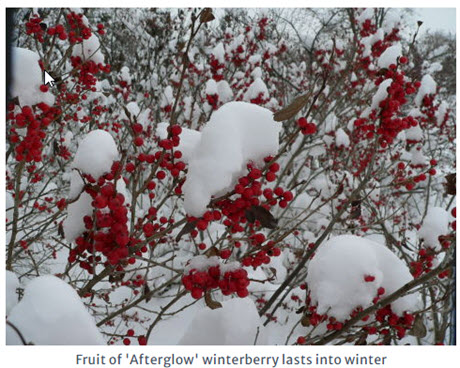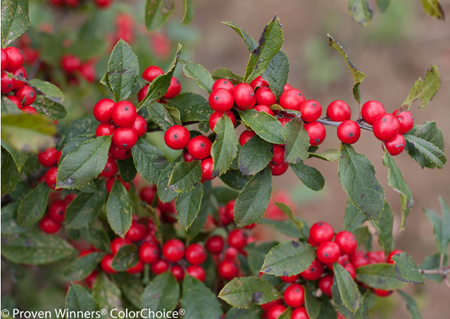Click below to listen to my 2 min. Garden Bite radio show: Legends of holiday plants
Some holiday plants are heaped in legend. Starting with the Christmas tree which has several, but I’ll stick with this one… The primitive cultures of northern Europe believed that evergreen trees possessed godlike powers and also symbolized immortality.

The Germanic peoples would bring evergreen boughs into their homes during winter to insure the protection of the home and the return of life to the snow-covered forest.

The first record of a Christmas tree is in Strasburg, Germany in 1604. German immigrants and Hessian soldiers hired by the British to fight the colonists during the American Revolution brought the Christmas tree tradition to the United States.
Mistletoe isn’t just about kissing under it. In fact, I found this little nugget: The name mistletoe comes from two Anglo Saxon words ‘Mistel’ (which means dung) and ‘tan’ (which means) twig or stick! So you could translate Mistletoe as ‘poo on a stick’!!!

Druids believed that mistletoe could bestow health and good luck. Welsh farmers associated mistletoe with fertility. A good mistletoe crop foretold a good crop the following season. Mistletoe was also thought to influence human fertility. Most mistletoe sold here is harvested in Texas and Oklahoma. Mistletoe is a parasitic plant…

Mark Arena, ©2019, Clemson Extension
The ancient Romans and Greeks were the first to deck their halls with boughs of holly. Holly bushes always stay green, and need little to no maintenance, even during the harshest winters.

For those of us in the northern climes, Winterberry holly is a native plant worth growing.

Many of the symbols and legends of these plants began with ancient cultures offerings of protection to get through the dark days of winter and ensure their crops would survive. These were then co-opted by early Christians.
